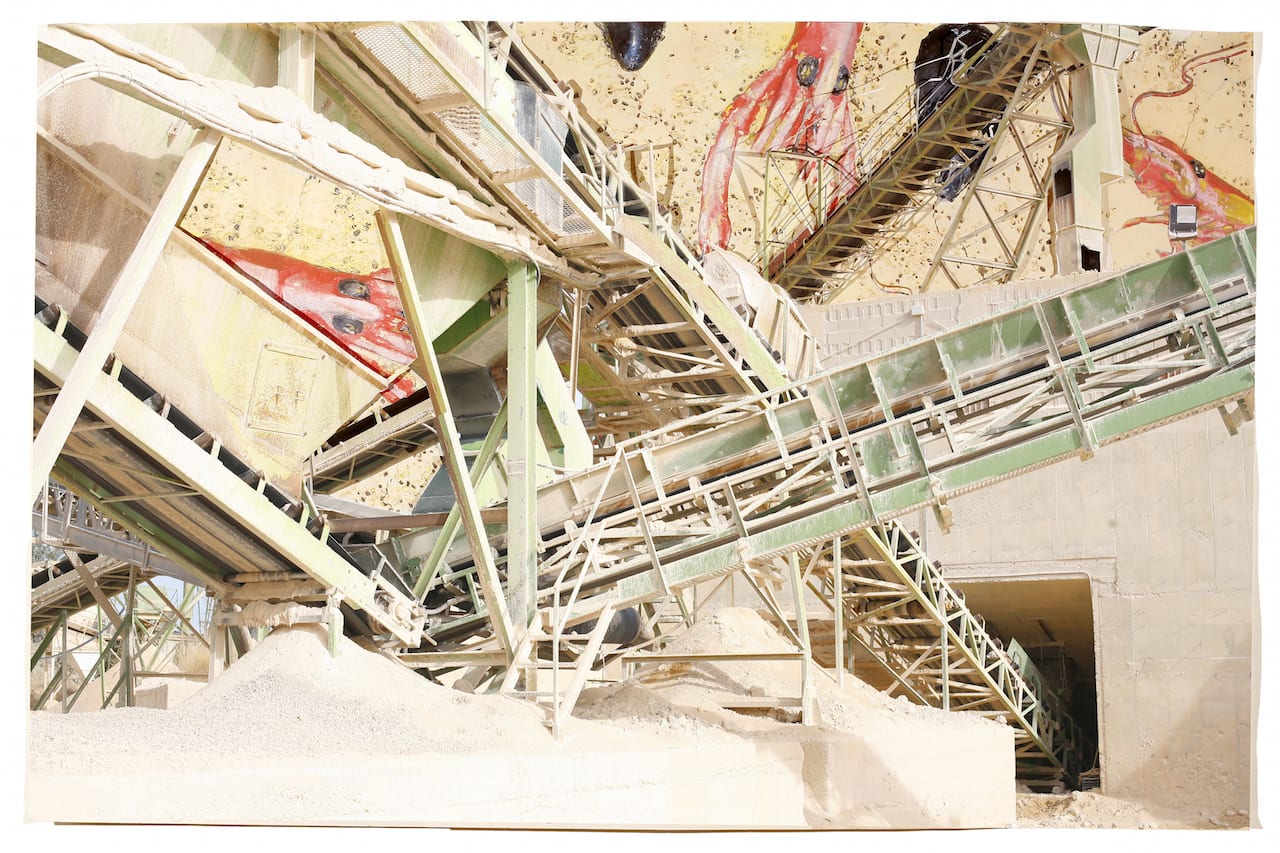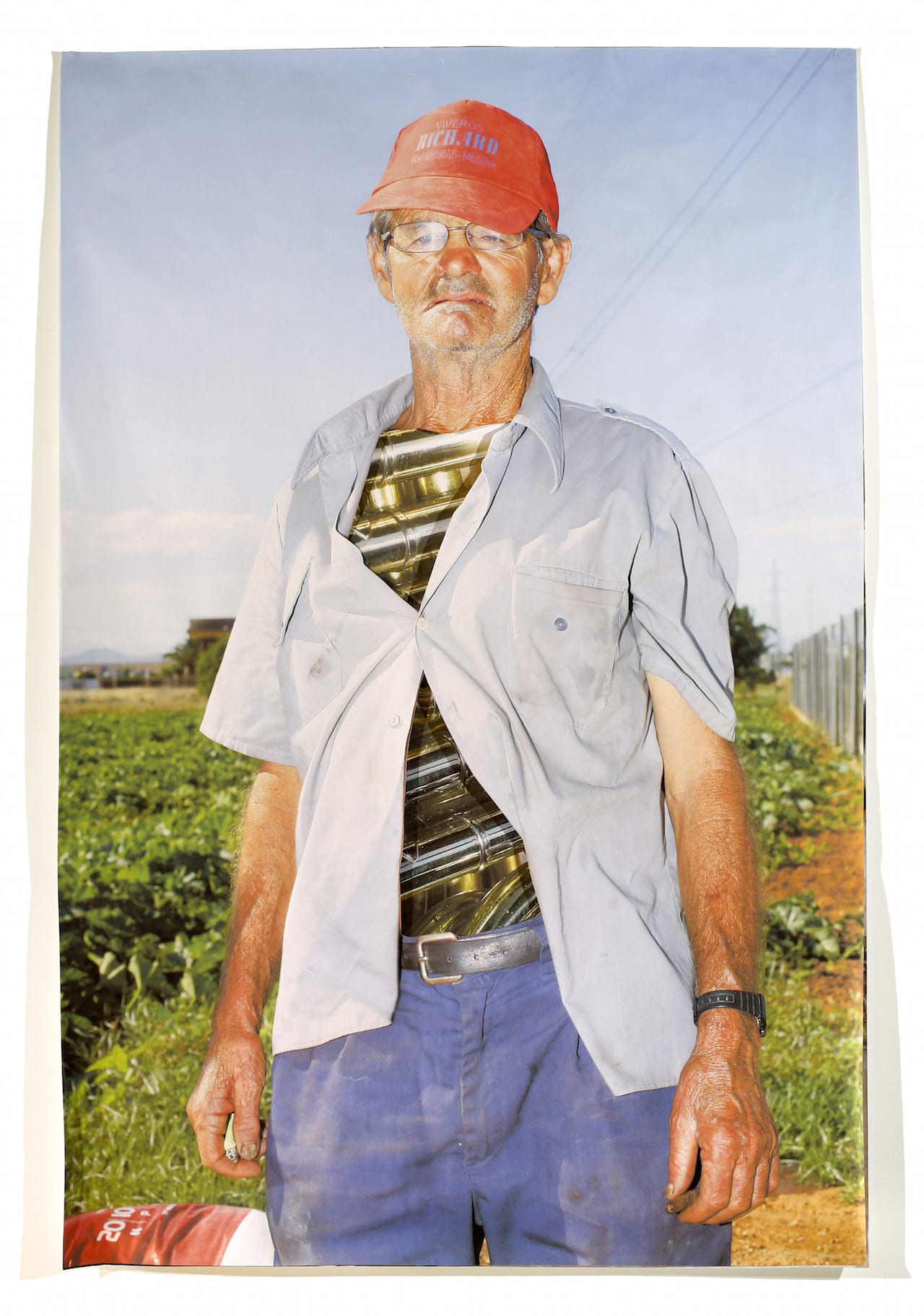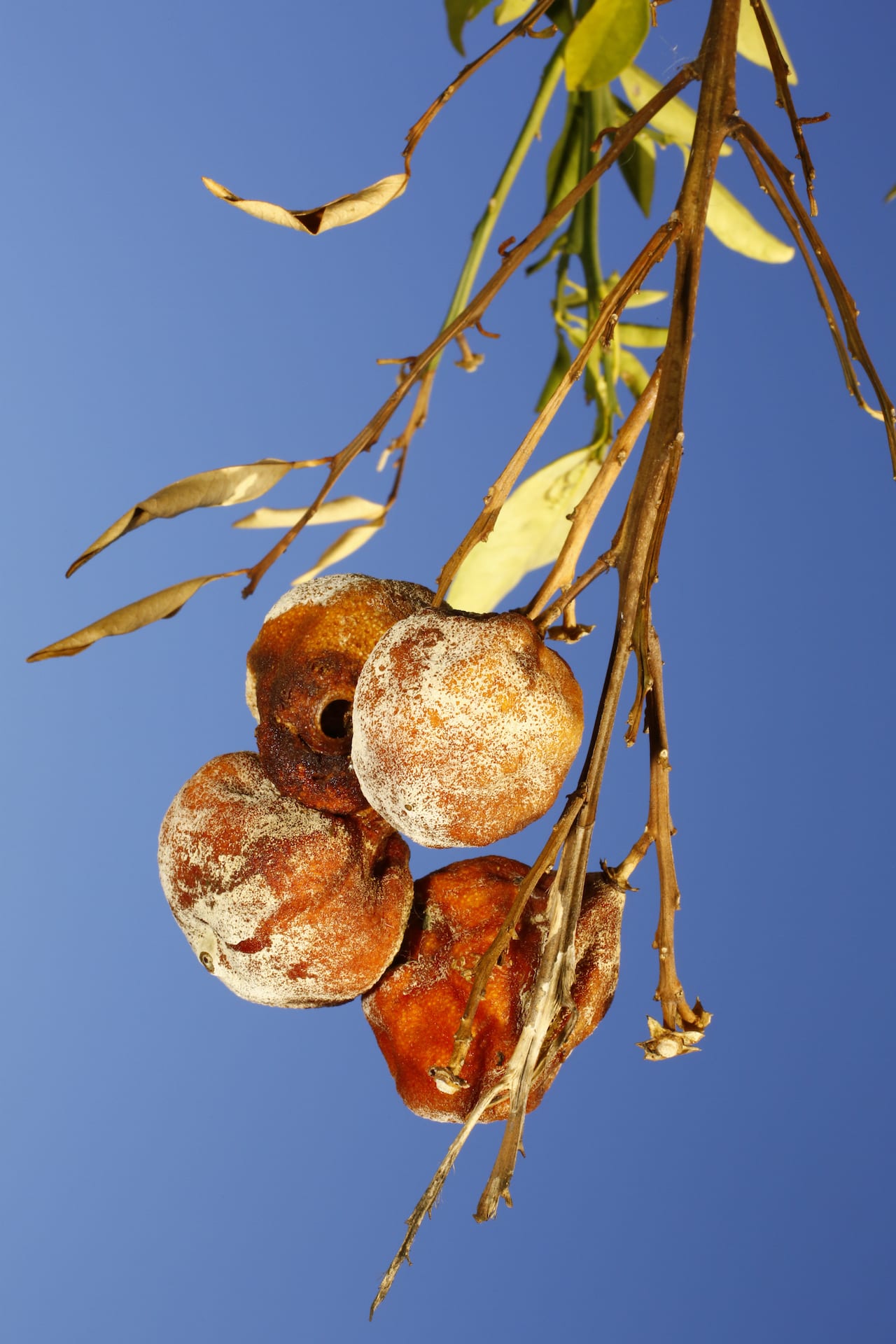It’s little more than a decade since Ricardo Cases took his first tentative steps into the world with his personal work, exhibiting as part of New Spanish Photography at Lodz Fotofestiwal in 2007, a group show that travelled on to China and Slovakia. More than a dozen solo shows followed across Spain over the next three years before his international breakthrough with the book Paloma al aire [Pigeons in flight], published by Dewi Lewis in 2011.
Ostensibly, the book follows pigeon-fanciers in Valencia and Murcia going about a local racing ritual, painting male birds for a competition in which the winner is the cock that attracts the hen. But with its distinctive spiral-bound, notebook appearance, and Cases’ tight framing, emphasising the surreality of the chase, it acquired a cult following, marking the arrival of a singular talent.
The photographer was one of 18 names to feature in BJP‘s first-ever Ones To Watch edition, and Paloma al aire became an early beacon for a new generation of publishers and photographers reasserting the importance of the book as the primary mode of expression.
“The book is a near flawless integration of fine picturemaking with appropriate bookcraft,” wrote Martin Parr and Gerry Badger, including it in Volume III of The Photobook: A History. “As an object, with its stiff card covers, spiral binding and graphic excellence, it seems to reflect the sport, an activity almost surreal in its pointlessness yet no more so than many societal rituals.
“Cases makes telling use of the close-up, both to gently reveal the eccentricities of the aficionados and to celebrate the painted iridescence of the birds themselves.”
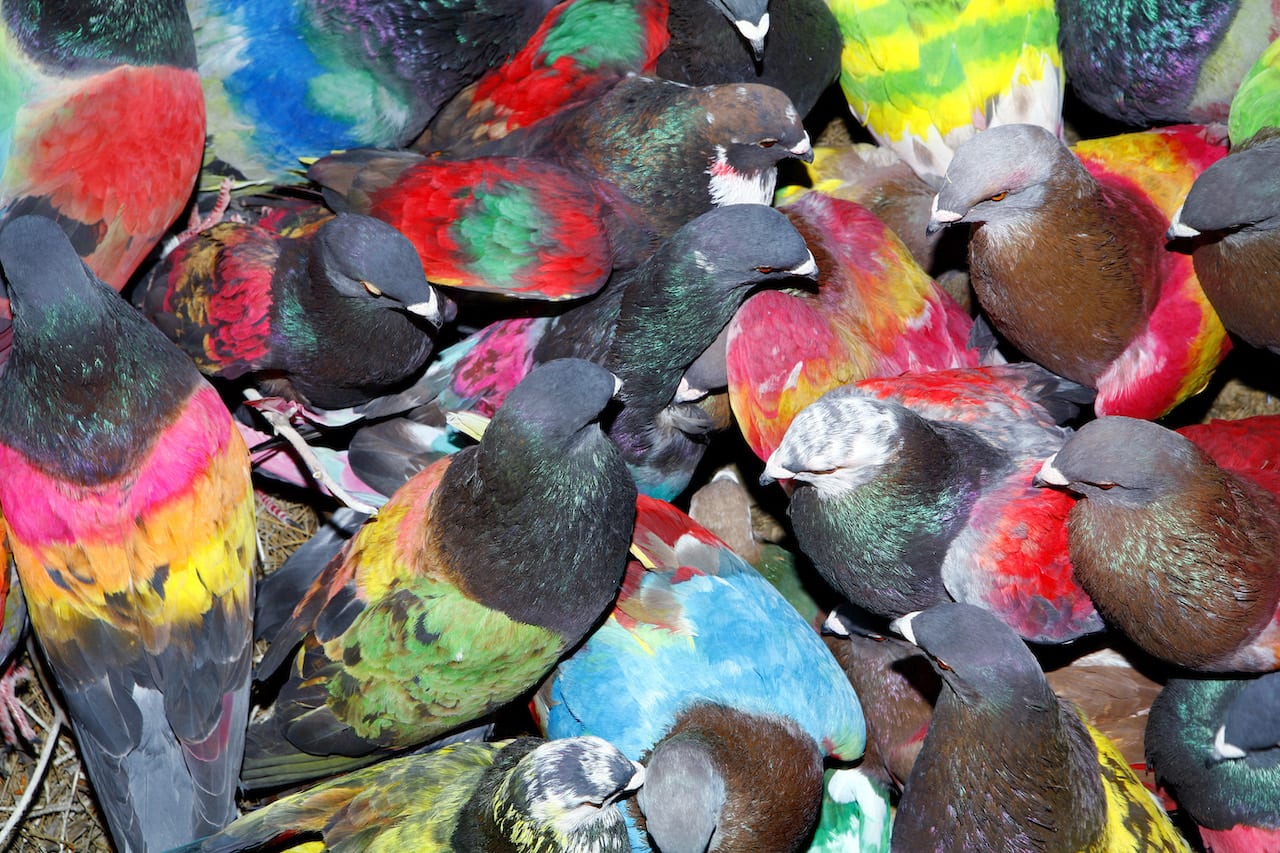
The unconventional traits to this and his subsequent works are clearly evident in his first major survey exhibition, on show in Madrid from 13 June to 22 July at the spectacular Sala Canal Isabel II, as part of this year’s PHotoEspaña.
It is also a kind of homecoming for the photographer, who co-founded the celebrated Blank Paper collective during a formative period living in Madrid, before moving away from the capital in 2010 to settle in a rural enclave on the outskirts of Valencia. By then, he had taken a new direction, very different from his previous persona as an offbeat photojournalist.
Born in 1971 in Orihuela, situated between the foot of the Sierra de Orihuela mountains and Alicante on the Mediterranean coast, Cases has relentlessly pursued the blinding light, dedicating his eye to an explosive colour palette and the awkward frame, without yielding to trends or prize-mongering portfolio-building.
He could have easily gone down the route of reportage, but instead he chose to unveil the hidden layers of meaning and the visual singularity of his surroundings. He is, by nature, a very reserved person, yet he stands out as one of the most articulate photographers of his generation.
The retrospective will look back over eight years of work by the Spanish artist, including an unpublished series, Estudio elemental del Levante [An elemental study of the Levante], an ongoing project he has been working on since he settled in Valencia. It is centred around a musical theme – Cases having followed bands in the region – and for the first time includes both pictures and collage compositions. For Luis López Navarro, the writer of most of the texts in Cases’ photobooks, the series portrays “an unruly country, fascinating and hallucinogenic, which in some way condenses the spirit of contemporary Spain”.
While Cases’ images might not always speak in an easy-to-understand language, his photographic discourse is transparent. “This body of work is not about the crisis in Spain. But it does put the spotlight on a place that is in a critical situation; one that has to do with universal issues, but also with how we manage what is ours, our local riches,” he says from his home/studio in Torrent.
“We have a beautiful landscape, and instead of feeling proud, of enjoying and promoting it, what we do is abusive and irresponsible, we treat it with contempt.”
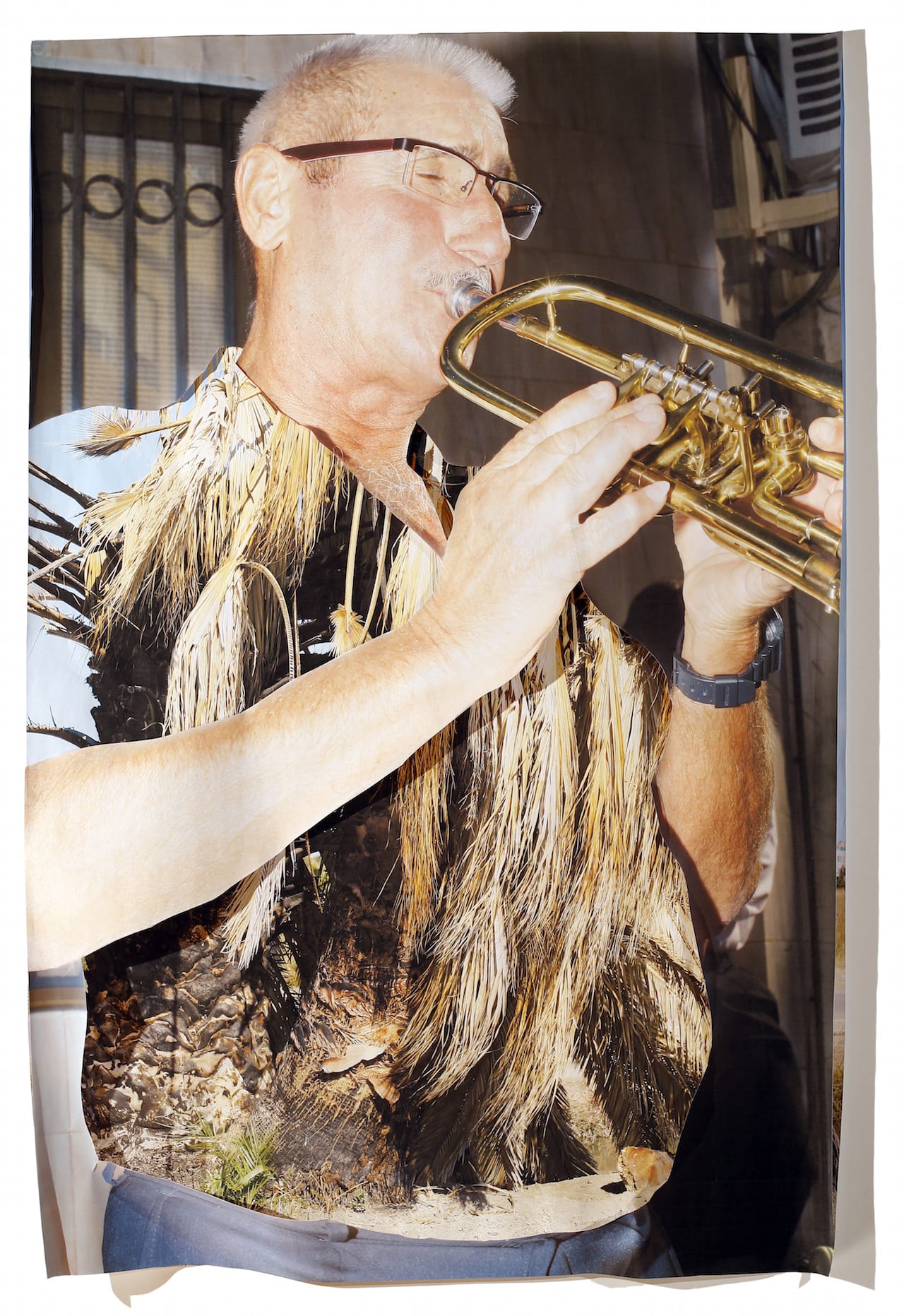
Cases’ words hint at the way he is able to extract meaning and aesthetic value from worn-out objects that can often be read as a symbol of fatigue and degradation. The dual readings that his images allow, Cases explains, are not innocent. “I could choose, oversimplifying, to take a picture of a shiny, pretty orange, but I set my eye on putrefied oranges,” he says, insinuating that rotten matter is more than a visual feast.
“I’m more and more interested in the semantic possibilities of an image, rather than documenting facts,” he says, adding that, in Estudio elemental del Levante, “everything is rather decadent, but there is a constant empathy with the reader, an endearment with the people and places I photograph”.
The project is a play on the title of a book of piano exercises called Estudio elemental del Piano, which he bought in a street market, having himself studied piano and music theory for two years. In the end, the photographer says, “It amounts to a paella: a dish [originating in Valencia] with a lot of layers, cooked with many ingredients that conform to the identity and the historical moment of a community”.
What exactly is going on, then, in this Valencian tableau? “I am making an emotional narrative, letting myself go about a place with which I am very emotionally involved.” And love beckons pain. “I enjoy it and suffer it in equal parts. If I see an urban development that is wrecking the landscape, it hurts, and more so if there is corruption involved.”

He uses El porqué de las naranjas [The reason of oranges], the series that came after Paloma al aire, and the second made in eastern Spain, published by Mack in 2014, as an example. “On one hand you see a vibrant light and vivid colours, but as you get closer, you learn that something’s wrong; that, behind that paradise, behind that façade, there are problems.”
The curator, Horacio Fernández, points out the influence of Cristóbal Hara, the Spanish master of colour, and Magnum photographer Josef Koudelka, saying they are all “photographers of a special lineage, gold-diggers who are capable of walking through deserts in an intuitive search of an unwarranted and often unfulfilled promise”. He then goes on to trace the cultural references and associations, from writers Vicente Blasco Ibáñez and Rafael Chirbes a chronicler of moral decadence in Spain) to filmmaker Luis García Berlanga – all born in the Valencia region.
The exhibition in Madrid features an almost complete overview of the work he’s made since moving to Valencia, taking the name Estudio elemental del Levante as the overall title – the Levante being an historic reference to the eastern coastal regions of the Iberian peninsular. The show includes last year’s Sol, a series questioning how the sun determines the identity, aesthetics and local economy of the region, and Podría haberse evitado [It could have been avoided], completed in 2015, as well as a series of elements that explain the process of making each project, such as dummy books, fliers, posters and correspondence.
What the exhibition does not show is work Cases has made that does not relate to the Mediterranean – Supernormal, Belleza de barrio, La caza del lobo congelado, La ciudad que soy, Serrano boogie and El blanco. Nor does it show his fanzine publishing project, Fiesta Fiesta. It also doesn’t incorporate the fruits of Cases’ long-standing collaboration and mentoring of countless photographers, as the editor and co-founder of photobook publisher Dalpine, Sonia Berger, points out.
Instead, visitors are invited to enter a realm of palm trees, nondescript constructions, farmers, musicians, objects, scenes of decay, and the ever-present oranges, the main export of the Valencia region. It is a micro-world geographically linked to the Mediterranean but populated with universal themes: nostalgia, transformation, awe.
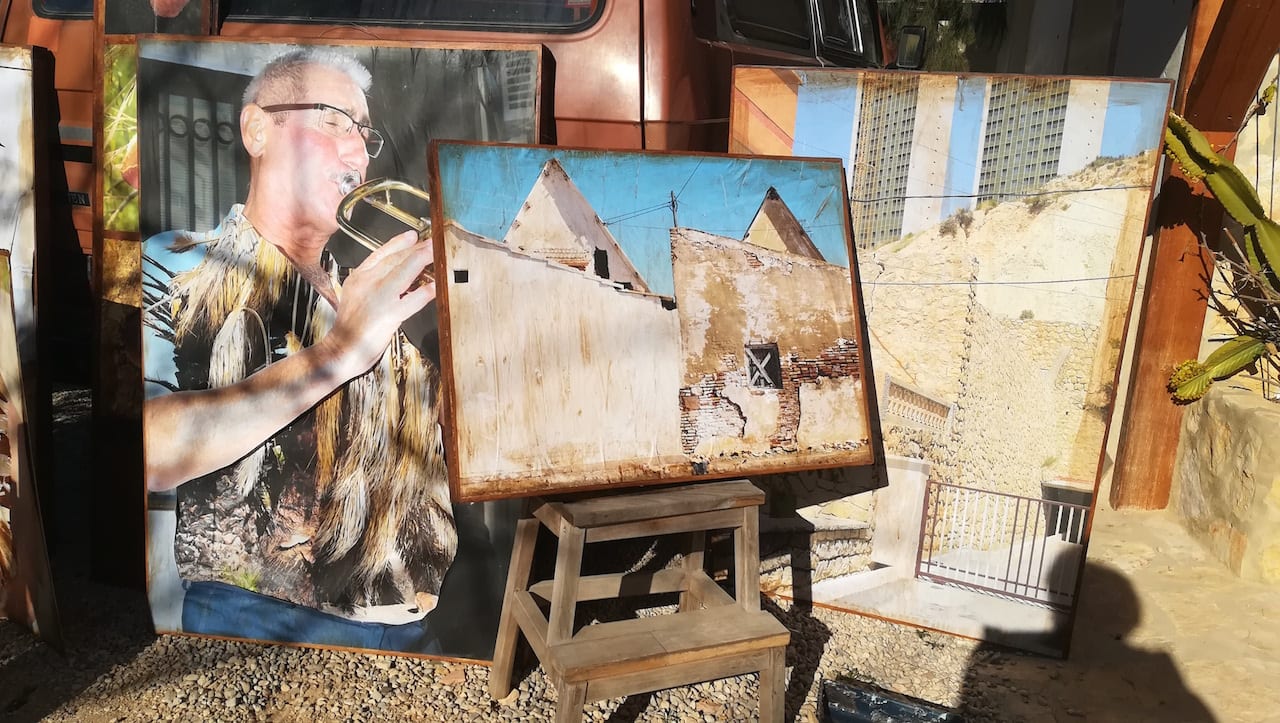
Cases notes the punk design of the “very radical, very homemade display”, for which he says he “bet it all, with the help of friends, to set up”. In his curatorial text, included in the catalogue under the title Furious Passacaglia – a reference to a popular form of marching band – Horacio Fernández describes the surroundings and visual landscape of Cases’ work: “La Huerta [a stretch of land where Mediterranean vegetables are grown] has been taken over. A web of highways and railway lines meets a labyrinth of paths which, in turn, leads to a messy bunch of workshops and factories… a senseless mix of constructions of all types”.
Fernández’s words are a reference to the way Cases set up an installation of sorts in his backyard, composed of artist proofs, photos mounted on boards and collages according to a musical composition.
The catalogue starts with a picture of Cases’ mother, who he considers to be “the emotional trigger of everything that is in this exhibition”. It then creates distance away from his personal life, taking the reader through a creative journey that includes many discarded ideas and the people that have collaborated with Cases in one way or another. Fernández’s description of Sol –“chromatic violence, perspective deformation, primitivism, pure expressionism” – makes for an apt encompassing of Cases’ oeuvre.
Yet the photographer’s earnest desire is not the mastery of form but personal and artistic freedom. In his words: “I want to be totally free in my work – with all the risks that freedom entails.”
ricardocases.es Estudio elemental del Levante by Ricardo Cases is on show at Sala Canal Isabel II, Madrid as part of PHotoEspaña from 13 June – 22 July phe.es This article is the cover feature in BJP’s July issue, available at www.thebjpshop.com
